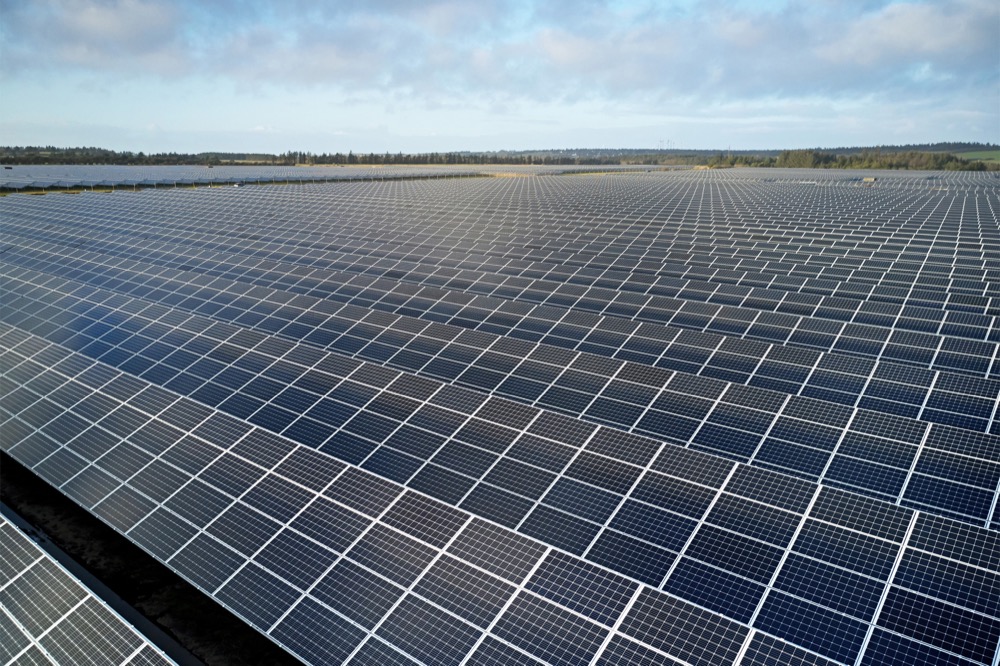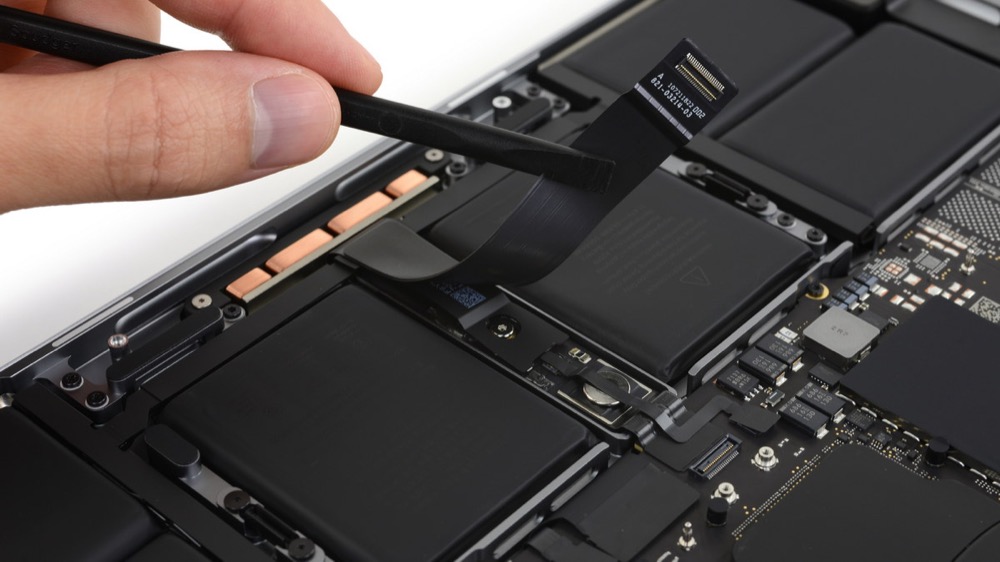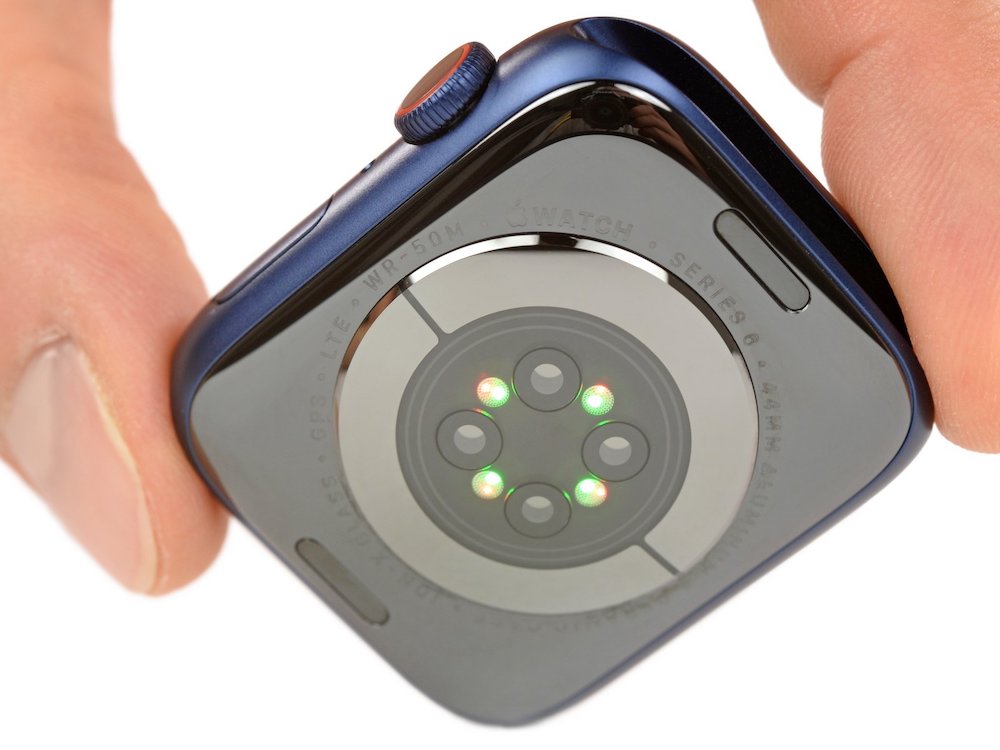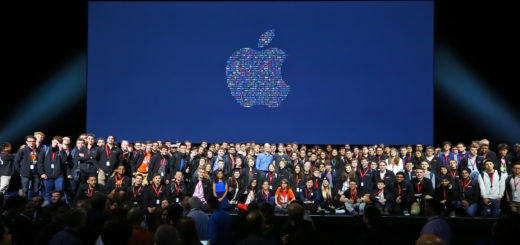Apple bringing wireless chips in-house – consider the consequences
An Apple employee doing magical things with network technology
Apple is bringing development of wireless chips in-house. That’s the headline, but this is not really news – we’ve known the company wanted to achieve this for years, ever since before it gave a billion to Intel to acquire its 5G/cellular modem arm.
Apple’s billion dollar bonus
Ever since Apple began it has been in thrall to third party processor development plans. Not just for the computers it makes, but for all the other bits and bobs that make up a computer – from modem to mobile.
So long as Apple doesn’t make those components – or to be more accurate, for as long as it doesn’t develop and design them – it is subservient to those external suppliers.
We know Apple has wanted to own its primary technologies ever since it began, and we also know that one of the biggest acquisitions it ever made was in PA Semi, when arguably its processor journey really took off.
(There were smaller buys before that, but that was the story that rocked the cognoscenti at the time).
Fast forward to today, and while Apple doesn’t (currently) own the means of production, it does own what is being produced, and its computer chips lead the industry. These system on chips deliver almost everything. Though there are a few components missing.
Edge intelligence is better on a smart network
The cellular connection, Bluetooth and all the other networking technologies are available, but Apple needs to source them externally and has already proved that by bringing these things into the SOC it can reduce battery draw, power requirements, and create an environment to boost speed and efficiency.
It is also very important to take battery draw seriously. Think of it this way: The iPhone 12 consumed c. 40-Watts of energy per charge, about the same as a 40-watt bulb. Assume it takes two hours to charge your phone (it’s actually around one hour and 58-minutes), and this is the equivalent of 60 Kilowatt hours (kWh) per month, or 720kWh/year.

Now multiply that by a billion devices and while individually that’s not a lot of power, en masse it’s a huge quantity of electricity. Which is why it makes sense for a company to reduce the energy cost by creating more efficient processors and more efficient wireless chips if it wants to reduce its carbon footprint.
That’s not the only consequence, of course, but is hopefully a useful lesson in how small incremental improvements can cast big shadows. And is far from being the only benefit, but the biggest benefit is that Apple believes that by making hardware, software and as many components as possible it can deliver significant platform benefits competitors will find hard to match in devices that provide real benefits to users.
Owning the whole widget
This has been Apple’s plan since the start.
Think about the wireless chips it already makes which it crams inside AirPods. This journey has already begun.

Getting the silicon team together
Apple appears to be ramping up an existing and known strategy
But what the Bloomberg report tells us is that the company is getting even more seriously committed to this plan.
You see, one of the most interesting things to me was that Apple is now placing its chip development centers in or near existing centers for chip development. The report claims Apple to be setting up US offices in Portland, Oregon, Austin, Texas and Orlando, Florida and also in Israel.
These join its existing locations in the US, Israel, Europe (particularly in Munich, Germany and the UK) and elsewhere, including Japan.
What most of these locations have in common is that they are situated near existing centers of chip design excellence of existing processor developers.
And what this means is that Apple is probably looking to expand its headcount across it’s Apple Silicon development teams, and what this means is – well, I think it means Apple has convinced itself so much with the success of the M-series Mac chips (and the A series before them) that it now intends innovation across every other active processor used across all its devices.

Those sensors are smart processors, too.
It was already doing this, of course.
“Apple’s growing wireless silicon development team is developing the next generation of wireless silicon!” one job listing says, according to Bloomberg.
Up next
Given that we’re reaching a point at which innovation in processor design will come down to really small micro-enhancements, what Apple is doing is bang on trend to how the industry is evolving, and means that in probably under ten years time no other competitor (unless they also own the ‘whole widget’, inlcuding the chip) will have a convincing alternative to what Apple is offering by then.
Maybe.
Tell me what you think.
Please follow me on Twitter, or join me in the AppleHolic’s bar & grill and Apple Discussions groups on MeWe.




